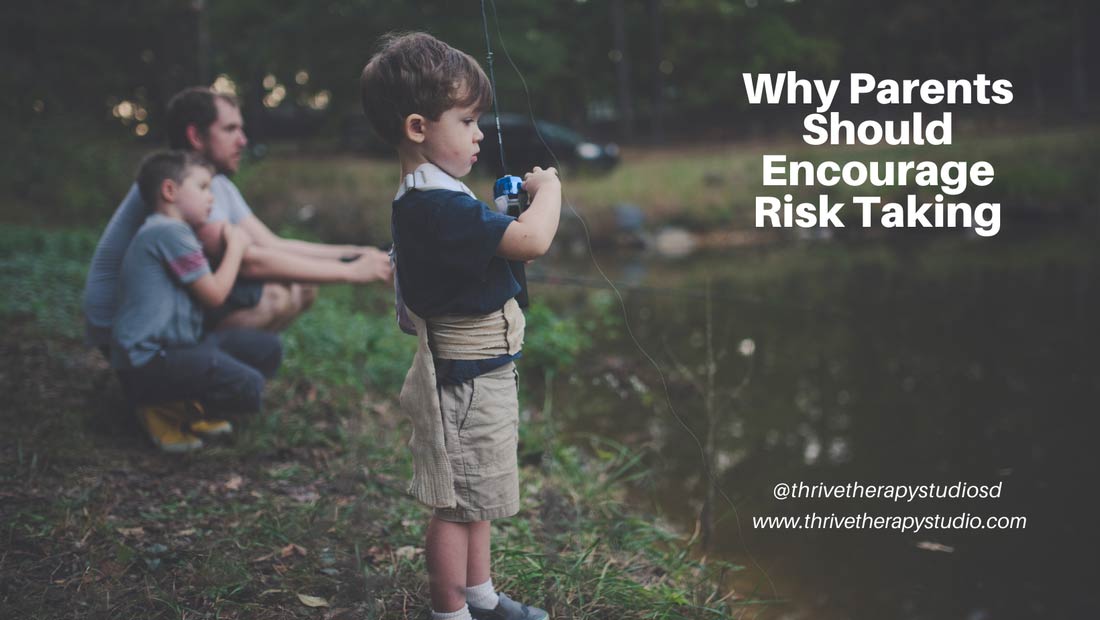I usually associate risk taking with bungee jumping or skydiving. Those are both “risks” I doubt I will ever take, no matter how many times my friends say “it’s so worth it”. While I am not a fan of heights, I do think I have taken risks in other ways. I think about the times when I have moved to a new city by myself. There were risks that I would not make friends and risks that I would regret having moved. However, I was willing to take those jumps because I knew I could find a way to handle it. As an adult, it feels easier to tell myself to take a risk. I can gauge if the risk is too big or if it might be just big enough by the amount of risks I have taken in life so far. Children can benefit from taking risks too. There are definitely times that a risk is too big (like the time I tried to jump into the pool without my floaties “like the big kids”). However, appropriate risk taking can actually be really helpful in their development. Below I have shared some of the benefits of allowing kids to take risks.
1. Risk taking builds confidence. I think one example of this is when a child first rides a bike without training wheels. Once they overcome the fear of falling (and likely fall a few times), they gain more confidence. When a child is able to try new things and they realize they have succeeded, it can be a huge self-confidence booster.
2. It increases the likelihood they will try new things. That self-confidence gain helps them see other risks as opportunities they can take. It helps them feel less limited in what they can do. When we try to protect a child a little too much, they end up learning that there are tasks they cannot do that they probably can. This can end up leading to more self-doubt.
3. They can learn to fail well. If they try something new and it does not go well, this can actually be a good thing! This allows them the opportunity to feel the disappointment, recover, and build strength to try again. They learn that they can feel disappointment and still be proud of giving it a go. In the end, this can increase their resilience when trying new things. This also gives a parent the chance to validate their child’s feelings of disappointment, while also reflecting on the courage it took to take the risk.
4. They learn what risks are too risky. When children try new things, they often look at their parent first to see if what they are about to do is safe. If a child has less opportunities to decide for themselves what risks to take, they might have a difficult time gauging what risk is too risky or reckless in the future. Like I shared above, if they decide to take a risk that ends up having been a tad too risky, it allows an opportunity for the parent and child to talk about it. It can help the child reflect on how they might better know for the future if a risk is too much.
While your child might not be begging to go bungee jumping, I would encourage you to consider what appropriate risks they could take that can help them continue to increase their self-confidence. By doing so, it can help increase their sense of agency as they move towards adulthood.
Reach out to start
your healing journey


